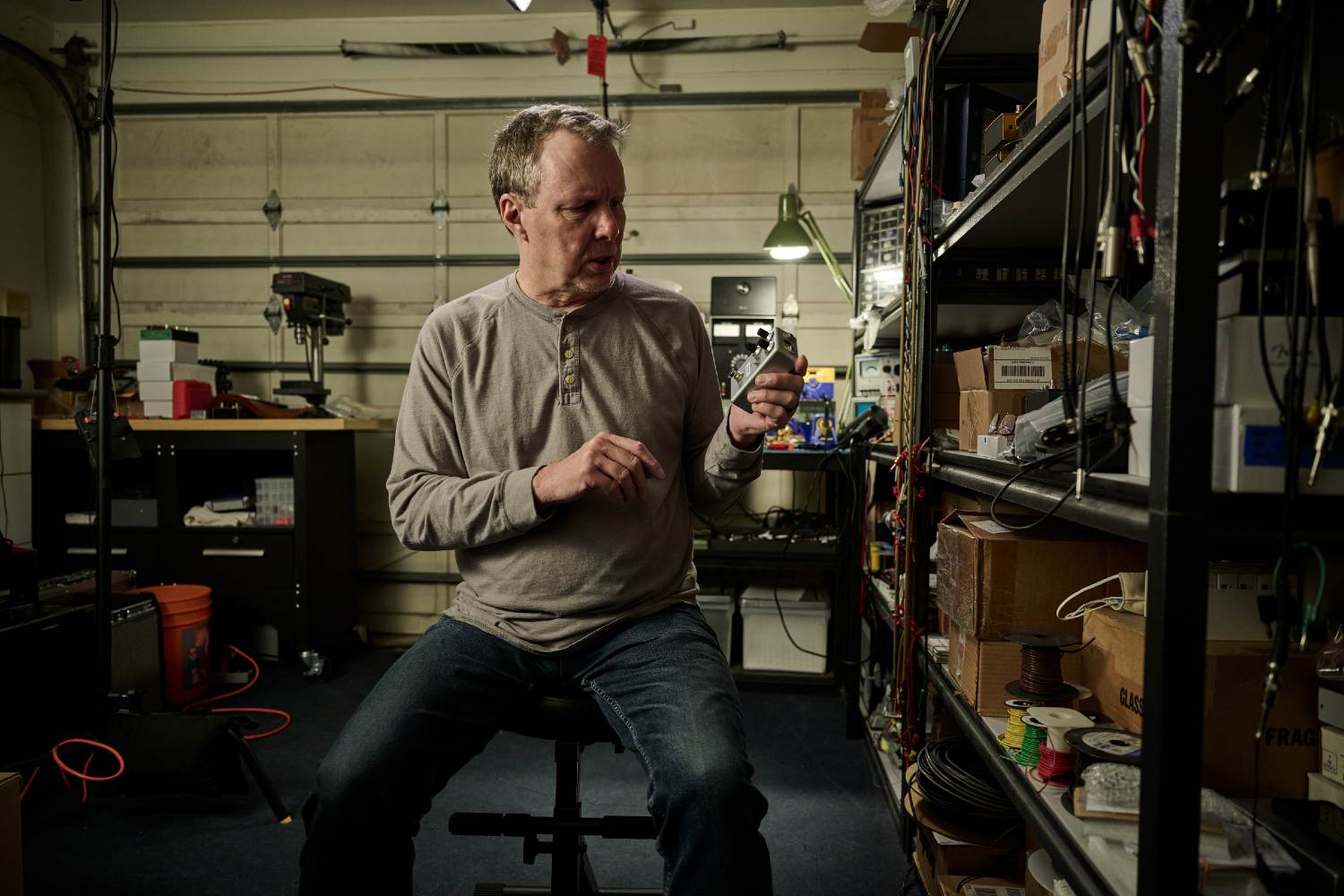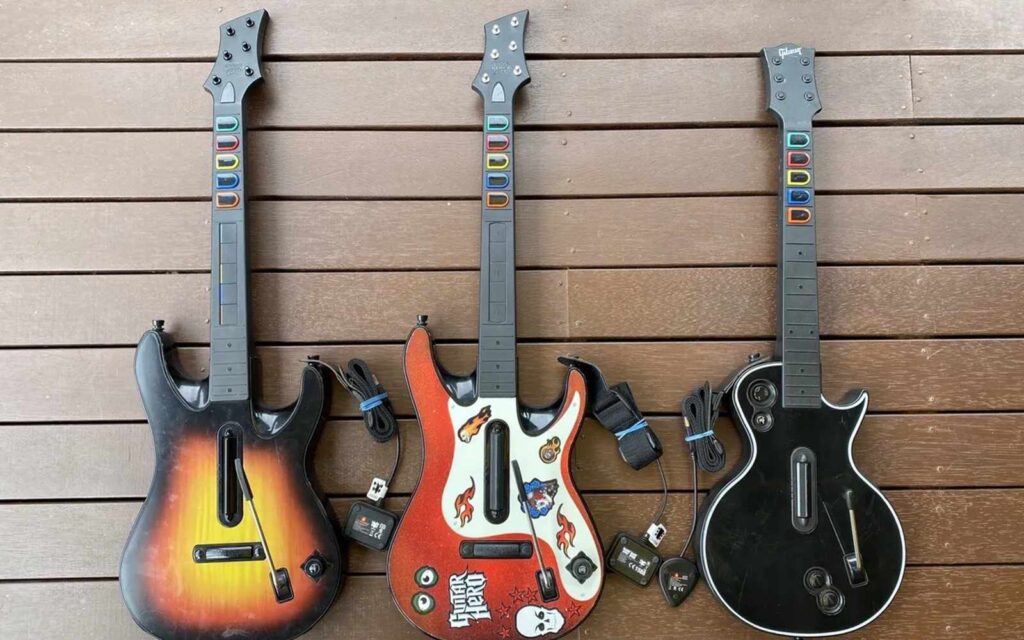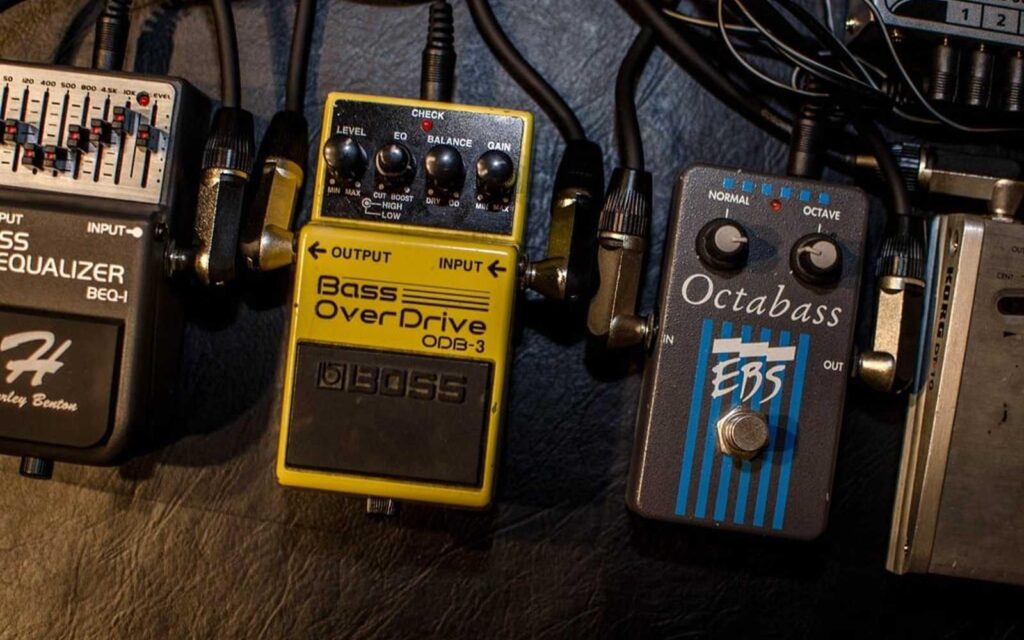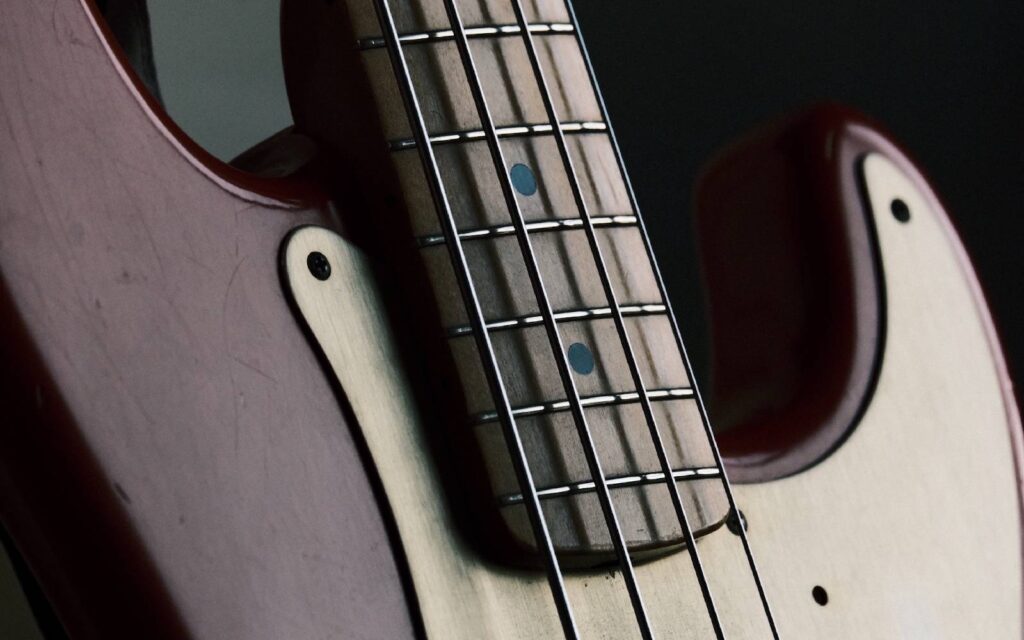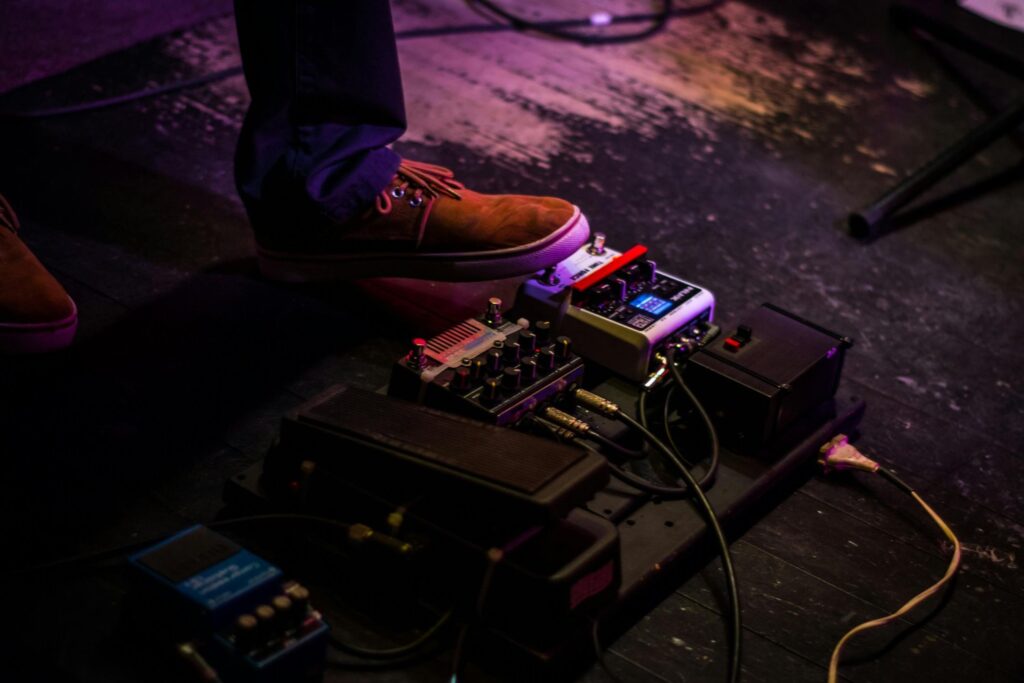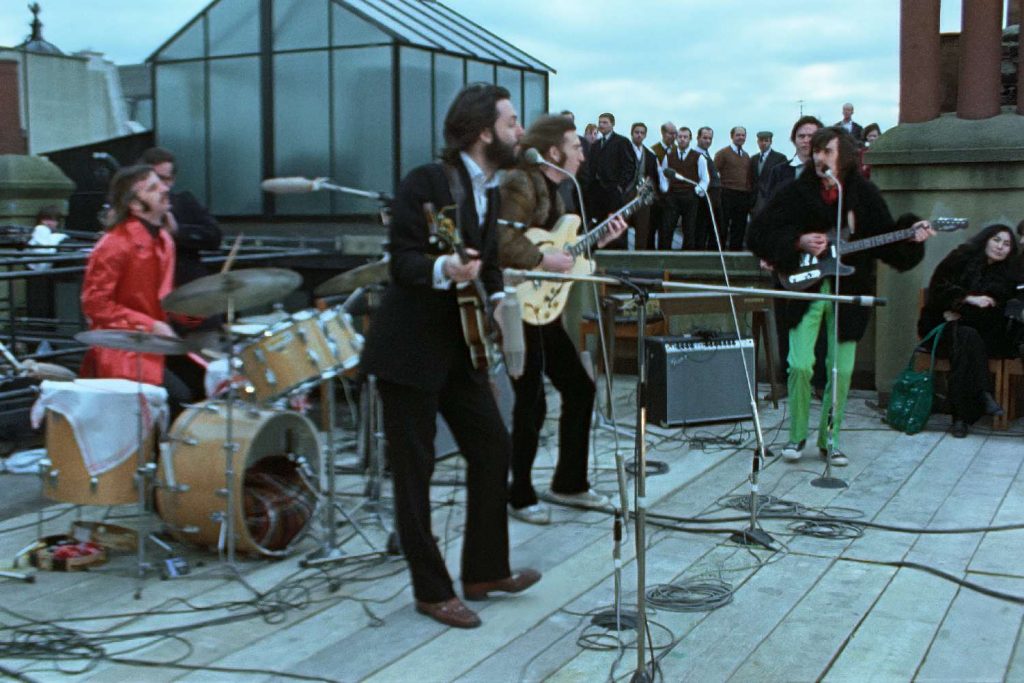Getting the inside story on Hammertone from Fender's resident pedal expert
A few years back, Fender decided to really get serious about pedals. There had been Fender pedals before (including the classic Fender Blender fuzz), but there was no dedicated pedal team to really do it right in the current era. So a team was assembled and a range of super-flexible, super-unique pedals hit the market. But some players wanted something a little smaller, simpler, and more affordable.
We’ll let Fender’s pedal wizard and Vice President of Product Innovation Stan Cotey discuss the story of the new Hammertone Series.
Read up on all the latest interviews, features and columns here.
“When we got into pedals again around 2018 we weren’t trying to get in at the very top of the line price wise,” Cotey says. “We were trying to come in towards the middle, and in doing that we wanted to make ’em really feature rich.”
Some of those pedals, like the Bubbler Chorus and the Lost Highway Phaser, feature dynamic sensitivity that reacts to the strength of your picking. “It made for a rich user experience for some and an intimidating user experience for others,” Cotey says.
“So one of the biggest things we did when we set out to do this line was to consider: we have consumers that are all the way from six year olds tugging on their parents’ sleeve to buy ’em an instrument up to people that have been touring for decades and kind of all points in between, so we wanted to try to find something that would maybe magically appeal to a bunch of different segments, and simplicity seemed to be the way to do that.
“The first line of pedals are all pretty comprehensive and complex and you have to be a little bit of a pedal geek to really get some of the functions.”
The Hammertone Series, by contrast, is designed to be more accessible so beginners can find their way through each pedal’s features easily (although most pedals in the line still have something unique or extra hidden controls for those who want to go deeper).

An example is the Overdrive: while most companies seem content to make their own version of one of a handful of popular overdrive pedals guitarists have all been using for the better part of half a century, Cotey took a fresh approach.
“We didn’t do an overdrive in the first series of pedals,” Cotey notes. “The Tube Screamer is just ubiquitous and whether it’s the green ones or any one of many, many variations and…,” he pauses, looking for a diplomatic word, “…loving tributes, I’ll say that – from other manufacturers, but there’s a lot of TS-9 and TS-808 type circuits out there and we emphatically didn’t wanna do that.
“One of the rules that we made for ourselves was we didn’t wanna make anybody else’s pedal. So we don’t have a Big Muff and we don’t have a Tube Screamer. All the things that we have are pretty unique. Some of them have roots that go back to earlier Fender circuits, but a lot of these were just started on a blank sheet of paper.”
“There’s a really clever trick that that circuit does, which is it leaks a little bit of the clean signal through so you get a blending of the clean signal of the guitar plus the overdrive. And what’s cool about that is the, the pick attack comes out clean.
“So you get this spike of clean pick attack and then you get the sustain from the actual distortion, but they’re blended together. That’s a really useful thing and it just magically works well with a lot of situations like pushing an amp a little harder, that’s already slightly broken up.”
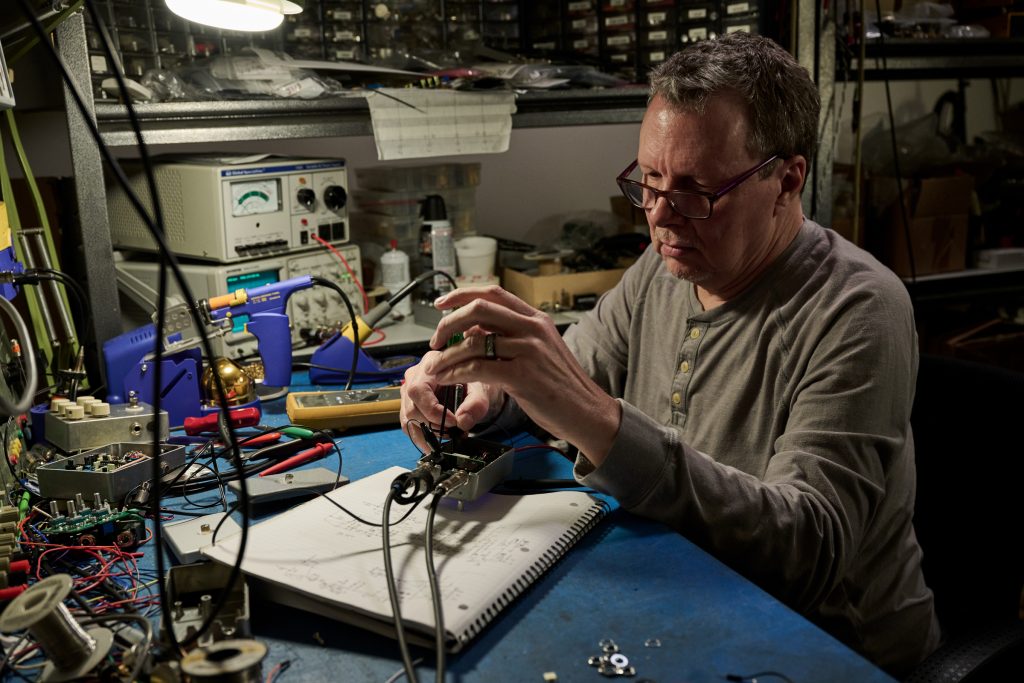
Other pedals in the line include the Fuzz with a selectable octave effect, and a pair of delays designed for different players. “The regular Delay is just box standard, kind of single delay tap. It’s a DSP-based delay and it has three different models which get progressively dirtier, and as you go, there’s a stage of saturation built in, in front of the delay internally, so as you start to get feedback, it starts to clip in a musical way rather than just distorting the A/D-D/A signal conversion or the DSP. So the runaway feedback stuff stays pleasing-sounding and analog in character, even though it can go crazy.”
The Metal distortion is another example of thinking outside the (stomp)box: “The two distortion pedals are kind of cousins of our pedals the Pugilist and the Full Moon from the first line of pedals. The differences are initially the Metal pedal started out having more gain, but by the time we got through all of the engineering changes and things, it ended up being kind of similar gain-wise with the Distortion pedal.
“The primary difference is the texture of the distortion: the Metal pedal is symmetrical with how it distorts, so that gives more emphasis on higher harmonics. And to me it’s like, if you think of it like BBs in a jar or something, they’re a finer pitch BB rattling around so the texture of the distortion has got kind of a finer grain to it. Meanwhile the regular Distortion pedal has a more asymmetrical gain structure for a simpler sound.”
As for what’s next for the Hammertone series? “There are more things coming up,” Cotey confirms. “If you think about the original pedal line, I’m sure some more of that stuff is gonna find its way over eventually. We love this form factor: the fact that you can get into it with just a coin and that there are trim pots and some of ’em, if you wanna individually voice ’em a little bit more.
“It’s a very robust, super rugged platform, down to the switches and the pots. So this form factor’s been a lot of fun to work with and I would definitely say that there will be more things in this thing and we’re trying to get it where the intimidation factor’s low enough where even if you’re a seasoned player, you might just go, wow, I really like that flavour of delay or I like that fuzz with the octave thing. I’ll just grab it.”
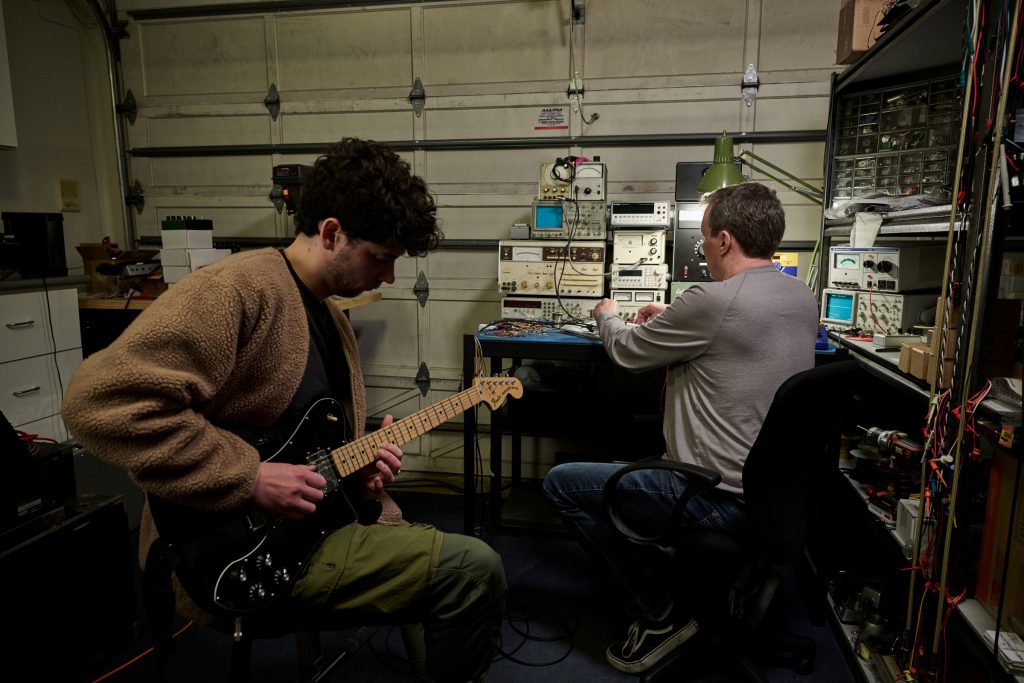
Head to Fender for more on the Hammertone Series. You can read our review on each pedal here.
